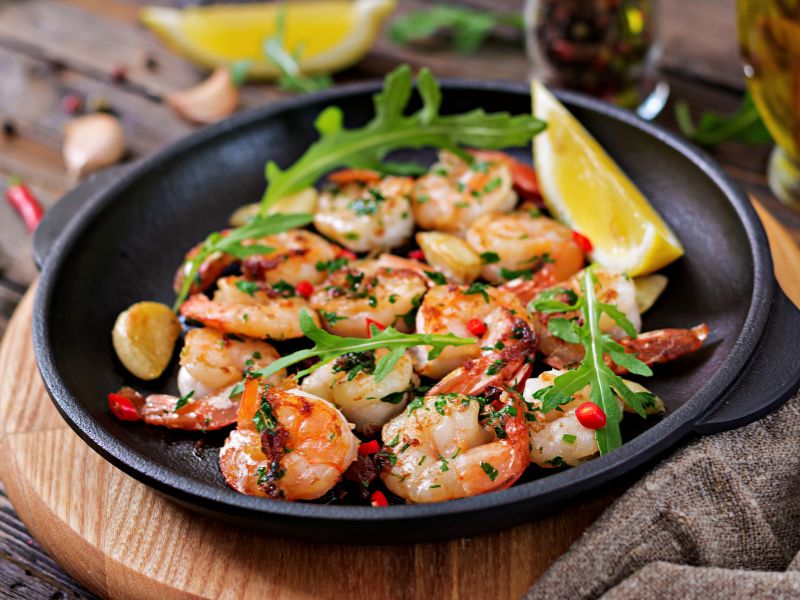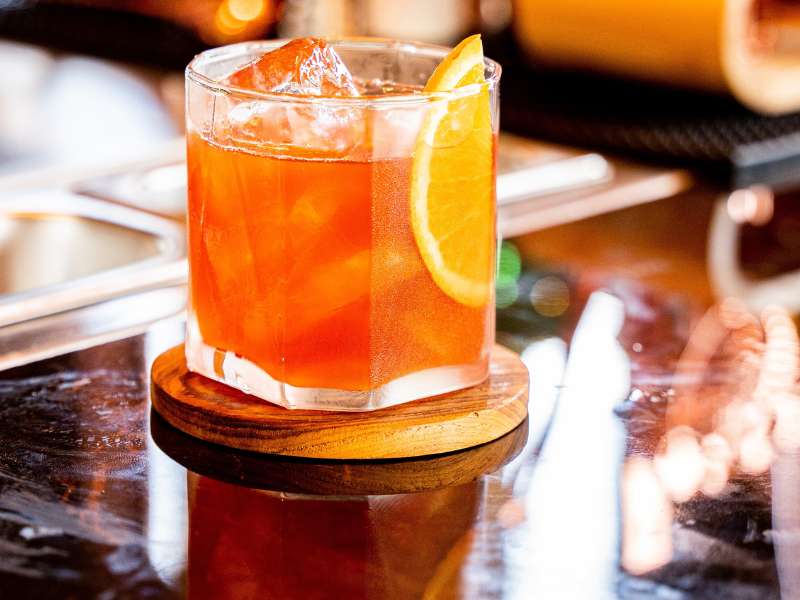Beef tallow is having a moment — again. Once a staple in grandma’s kitchen and classic diners, this rendered beef fat is now making a flavorful return to modern commercial kitchens.
From its high smoke point to its rich, savory flavor, beef tallow is proving to be a powerhouse for chefs who want performance, flavor, and a little culinary nostalgia. Whether you’re frying up fries, brushing steaks, or baking biscuits, this natural cooking fat is worth a second look.
What’s the Beef?
Let’s break it down: Beef tallow is made by rendering suet, the hard fat found around the kidneys and loins of cattle. When heated, the fat melts into a golden liquid. Strain it, and you’ve got a clean, shelf-stable fat that solidifies at room temp. Warm it up, and it turns into a smooth, pourable fat ready for action.
“It’s like the bacon fat your mom kept in a jar, but beefy,” said Chef Lonnie Varisco, an in-house culinary expert at Performance Foodservice.
Fat Fame
There’s a reason beef tallow is making its way back into fryers and sauté pans. First, it can take the heat. With a smoke point around 400°F, it’s ideal for high-heat cooking like deep frying, pan frying, and griddle work. It also holds up well over time, making it a smart choice for kitchens looking to reduce oil turnover and waste.
And it’s not just chefs paying attention. Beef tallow is trending on social media, not just for cooking, but also for skincare, thanks to its natural simplicity. National brands have sparked buzz by switching to tallow for frying, fueling curiosity across the industry. Datassential projects 86.7% growth over the next four years, a strong signal of momentum and menu potential.*
Grease Mode
Beef tallow is being used in all kinds of creative ways. In the fryer, it’s a game-changer, especially for fries, onion rings, and breaded proteins. The result? A crispier texture and deeper flavor than many plant-based oils can deliver.
On the grill, chefs brush tallow onto steaks and lamb to lock in moisture and boost flavor. In the smoker, it’s being worked into rubs for brisket and short ribs, where it slowly melts into the meat during low-and-slow cooking.
Other standout uses include:
- Sautéing — Adds a savory pop to vegetables, grains, and proteins.
- Baking — Swapped in for butter or lard in biscuits and pie crusts, tallow creates a flakier, more tender bite.
- Blending — Chef Lonnie recommends experimenting with a 50/50 mix of tallow and butter to strike the right flavor balance before finalizing recipes.
This kind of versatility makes beef tallow a smart addition to any kitchen looking to elevate flavor and performance.
 Flavor Match
Flavor Match
Tallow’s flavor is subtle — think savory with a hint of nuttiness. It pairs well with bold, meaty dishes but may not be the ideal match for more delicate proteins like seafood or baby veal. That said, creative chefs may still use it to build unique flavor profiles in unexpected places.
Here’s why chefs are giving it a second look:
- Mild, nutty flavor
- Pairs well with hearty proteins and fried foods
- Clean-label friendly
- No additives or hydrogenation
- Keto, carnivore, and paleo approved
Think: “Hand-cut fries cooked in beef tallow” — it’s a flavor flex and a sales driver.
Worth the Spend?
Compared to canola or soybean oil, beef tallow comes at a higher price point. But it lasts longer in the fryer and delivers a flavored punch that can justify a premium price on the menu. “Most chefs use beef tallow for specific dishes, not across the board,” said Chef Lonnie. “They’ll often highlight it in the menu description to attract interest and add value for guests who are curious about trying food prepared with it.”
Used thoughtfully, it can add value where it counts — on the plate and on the menu.
The Final Drip
Beef tallow brings serious flavor and performance to the line. From frying to baking, it delivers on taste, texture, and tradition.
*Datassential, 2025



